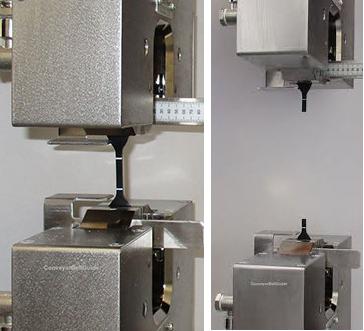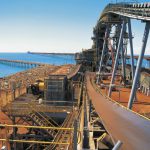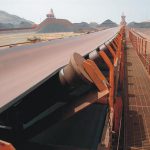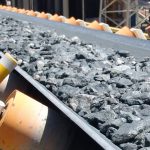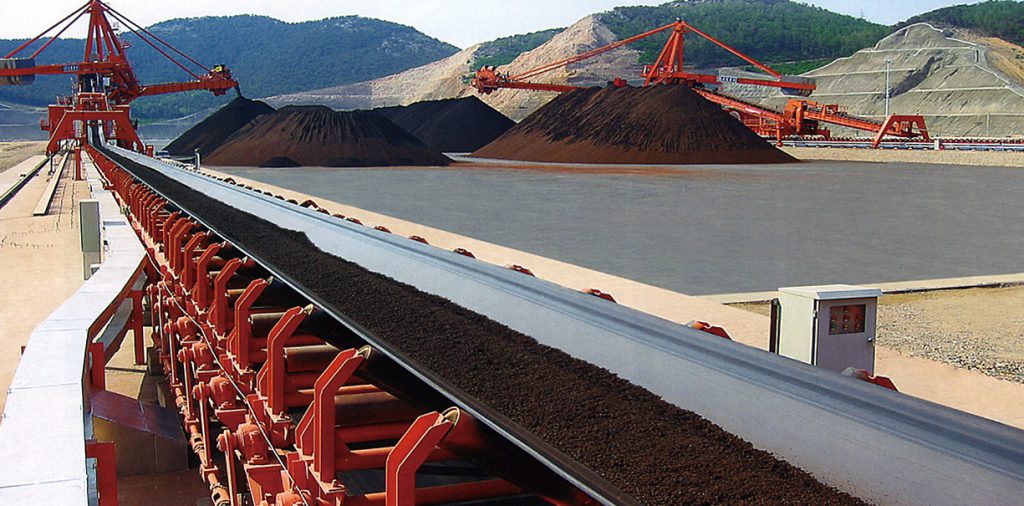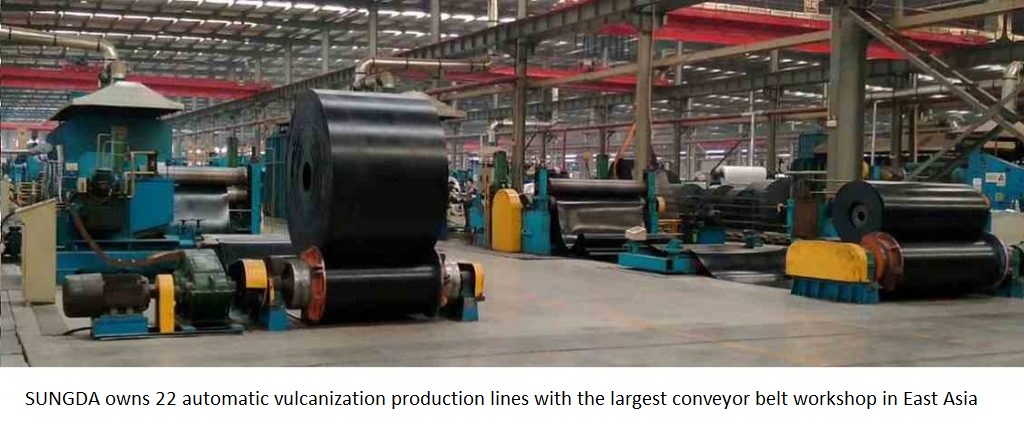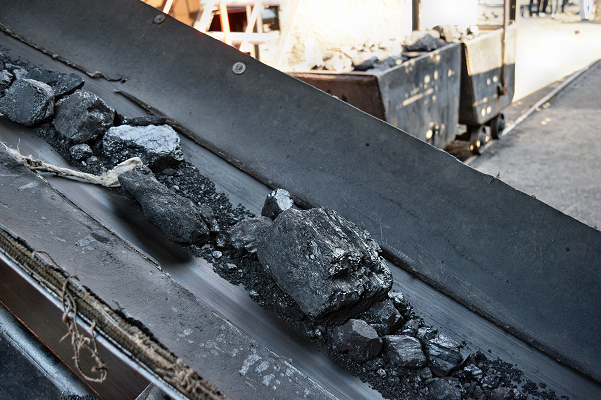How to improve the impact resistance of EP conveyor belt

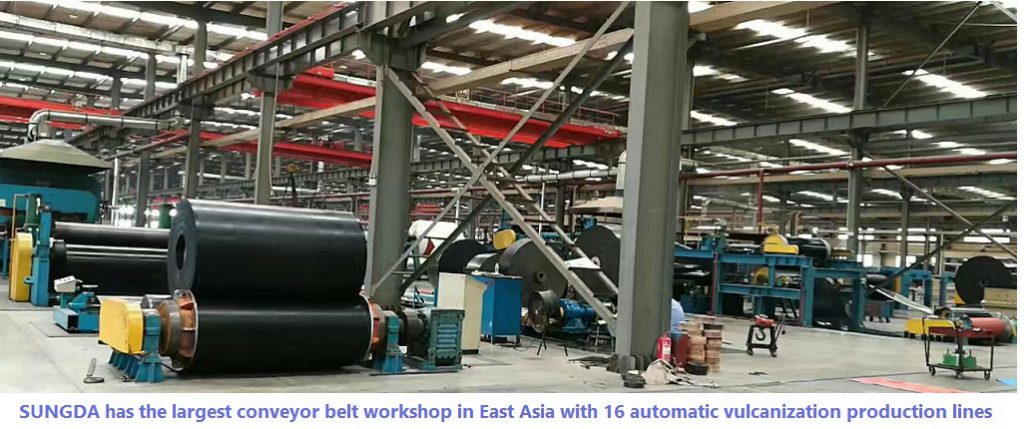
We all know that the curl of the warp and weft of the EP fabric of the conveyor belt has a certain influence on the impact resistance of the EP conveyor belt. If the warp and weft of the carcass material can be stressed at the same time, the impact resistance of the conveyor belt can be improved. The falling impulse of an object is the product of the mass of the object and the falling speed, and its value is equal to the product of the average force of the conveyor belt and the time of the object.
If the conveyor belt has good cushioning performance, and the object and the conveyor belt have a longer action time during the falling process, the impact force on the conveyor belt can be greatly reduced. But if the warp modulus of EP fabric is too high, the EP fabric is not easy to deform, just like a balloon with sufficient air, the effect of external force can easily make the balloon explode.
Conveyor belt users often have this understanding: NN fabric conveyor belt has good impact resistance, and EP fabric conveyor belt has poor impact resistance. The reason is that the modulus of nylon is low, and it can be deformed quickly by impact, thus prolonging the impact time. At present, most EP fabric conveyor belts have too low curl and poor deformability, resulting in small deformation after impact, and large impact force at the impact point, so the impact resistance is relatively poor. The impact-resistant EP conveyor belt fabric should be a fabric with high weft strength, low curl, and high warp curl.
Although the EP conveyor belt with straight warp and straight weft structure is thinner, because of its low weft curl, it has good impact resistance and high warp and weft strength utilization. Therefore, it needs to be emphasized that the key factors affecting the impact resistance of EP conveyor belts are the strength and modulus of the weft, rather than the thickness of the fabric.
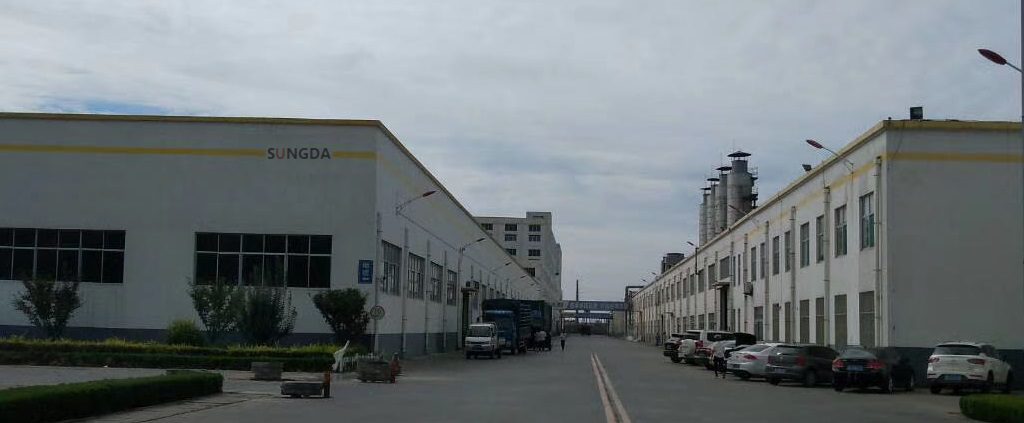
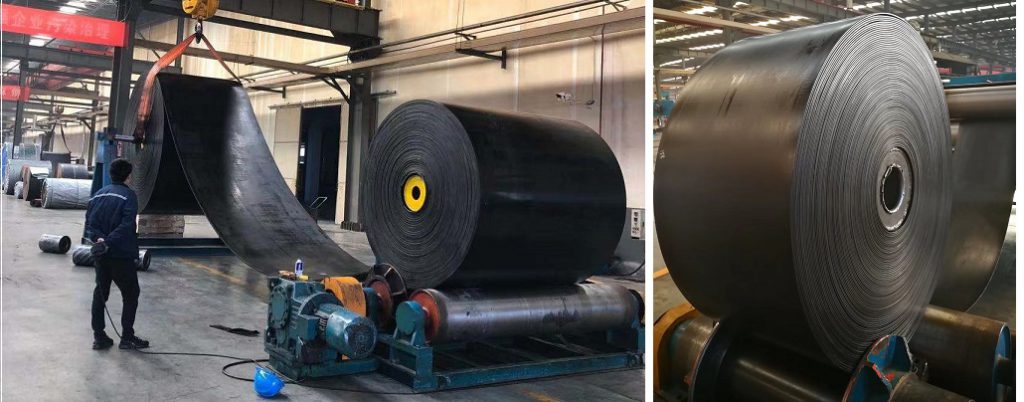

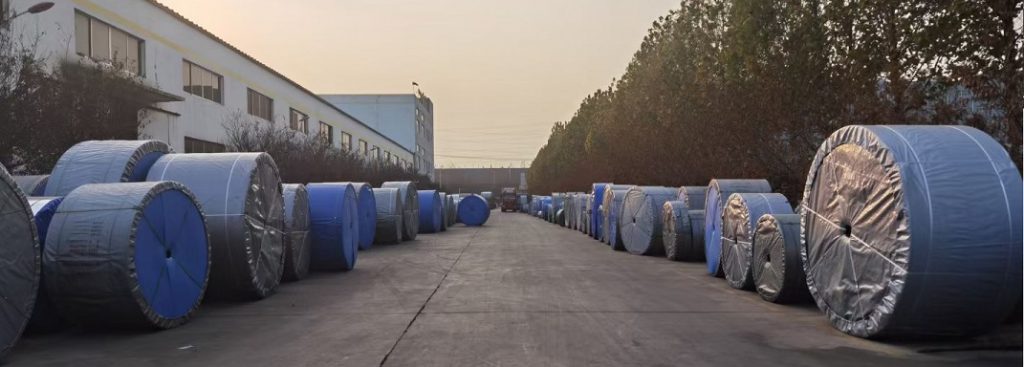

Tags: conveyor belt impact,EP conveyor belt,Ep conveyor belt specification

